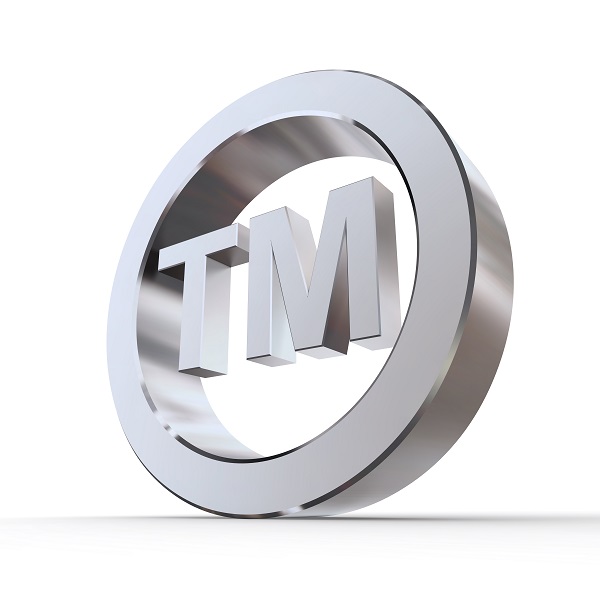
There are a number of factors to consider when designing a strategy to protect your intellectual property. A business should evaluate the type of intellectual property it produces, the strength of its claims, and how much capital it wants to invest in intellectual property matters. Providing legal protection for patents and trademarks can be a costly undertaking. Potential trademark owners must bear the expenses of filing a registration application, renewing the registration, conducting research on other trademarks and pursuing litigation in the event another entity is found to be engaging in infringement. But before embarking on litigation, it is important to evaluate the costs of bringing a lawsuit. There are several factors to consider when determining whether enforcing your trademark rights through enforcement actions makes sense for your company.
What are the real costs of litigation? A business that is contemplating legal action should first evaluate the actual costs of infringement litigation. An action for infringement can be very expensive- the costs of initiating the suit, proceeding through the trial phase and filing or defending an appeal can often wind up in the six figure range. While many cases are resolved before trial begins, any party initiating a suit must also be prepared for the court to rule that the claimant does not have enforceable rights with respect to that particular trademark or that its claim exceeds the scope of rights afforded under the applicable law.
How strong is my case? The courts have set forth a number of factors that are influential in satisfying the test of trademark infringement- likelihood of confusion. Under this analysis, the plaintiff must demonstrate that the alleged infringing party is using a trademark in connection with certain goods and services that is likely to confuse consumers as to the source of the goods and services. A potential plaintiff should evaluate the strength of its argument based on the following: (i) strength of the mark, (ii) similarity of the mark, (iii) relatedness of the goods or services, (iv) marketing of the products, (v) evidence of actual confusion, (vi) category of goods or services, and (vii) intent of the defendant. Even if you determine that you have a convincing position, keep in mind that courts will choose which factors to emphasize. These standards can be given various degrees of weight depending on the facts of the case.
What could I collect in damages? If an infringing party is found to have violated your trademark, you may receive substantial monetary damages, particularly if it can be shown that you lost money because of the infringement. Historically, however, obtaining attorney’s fees in a federal trademark case has proven difficult. In any case, for many businesses with adequate capital, protecting a trademark through litigation can be a wise investment for the long term reputation and goodwill of your business.
Contact Shane Coons at 949-333-0900 or visit his website at www.ShaneCoonsLaw.com to find out more about his practice.
